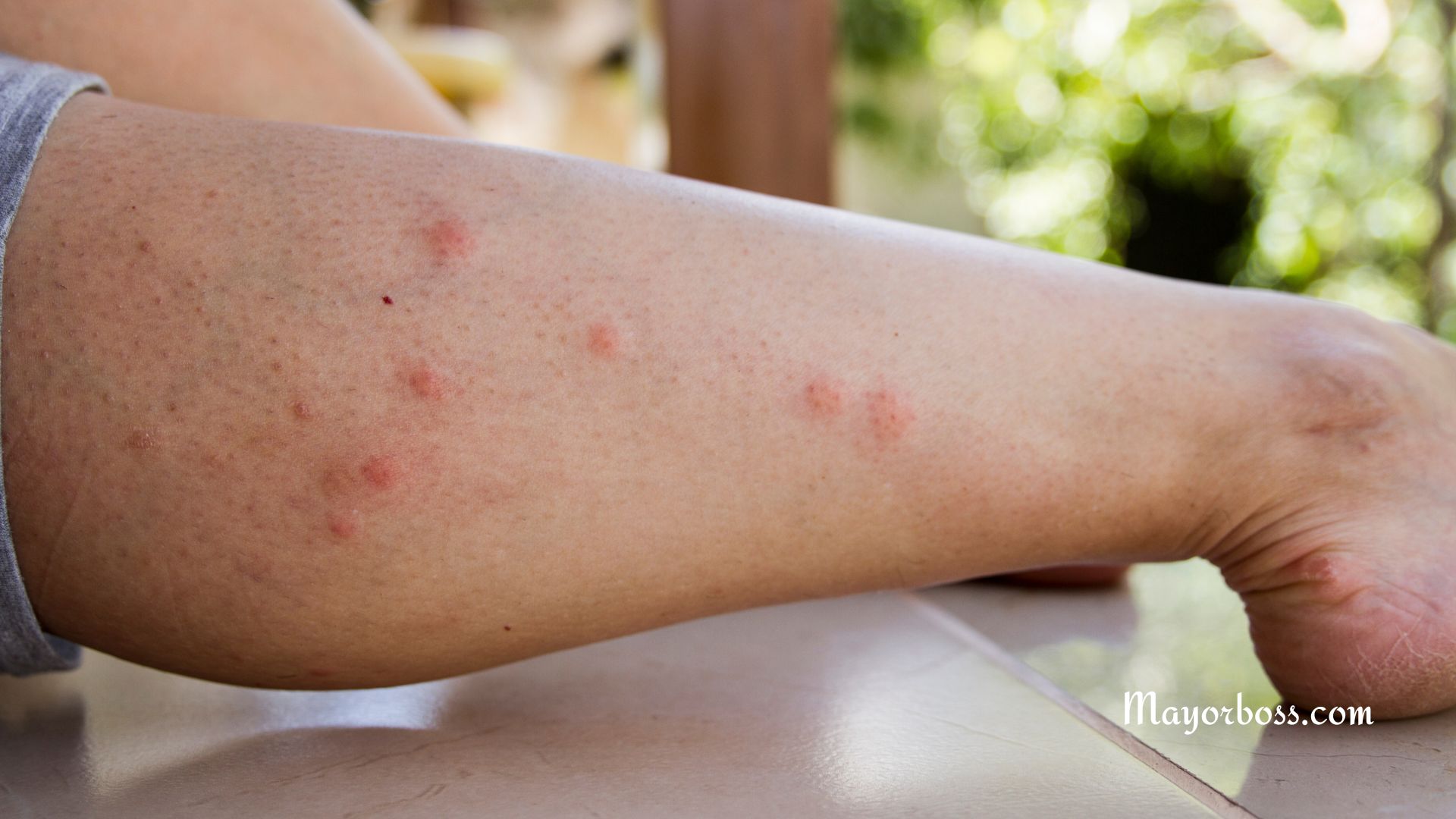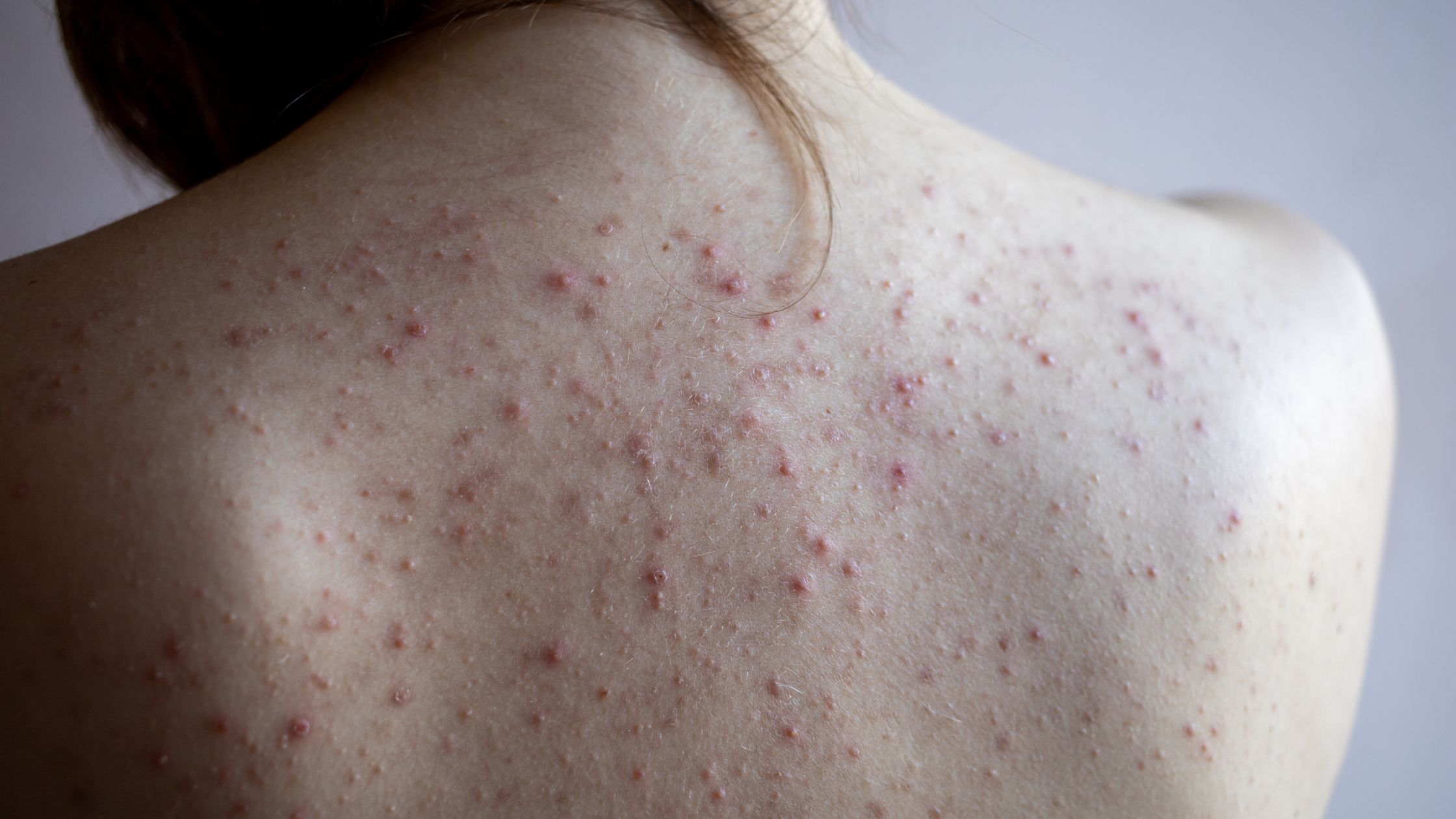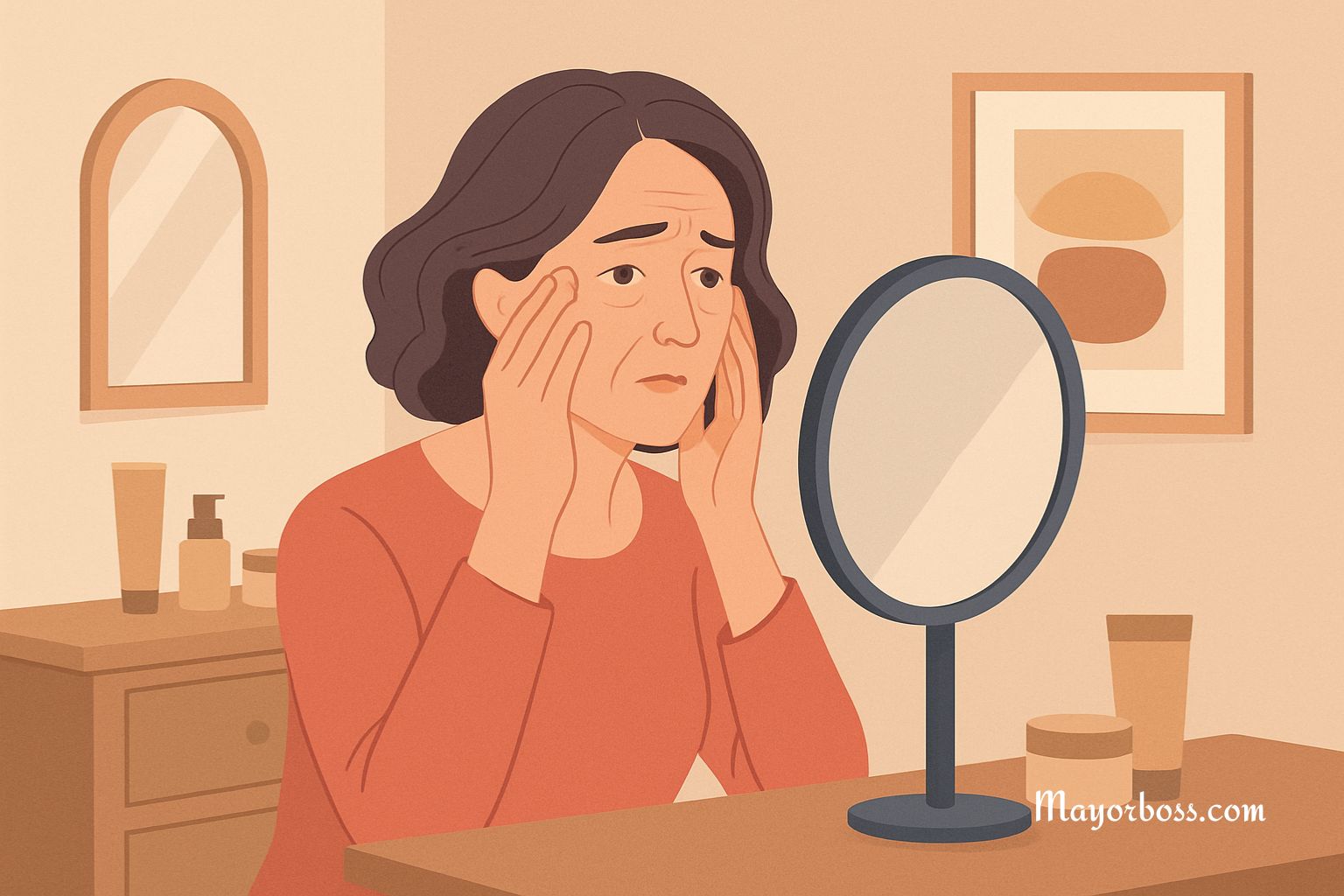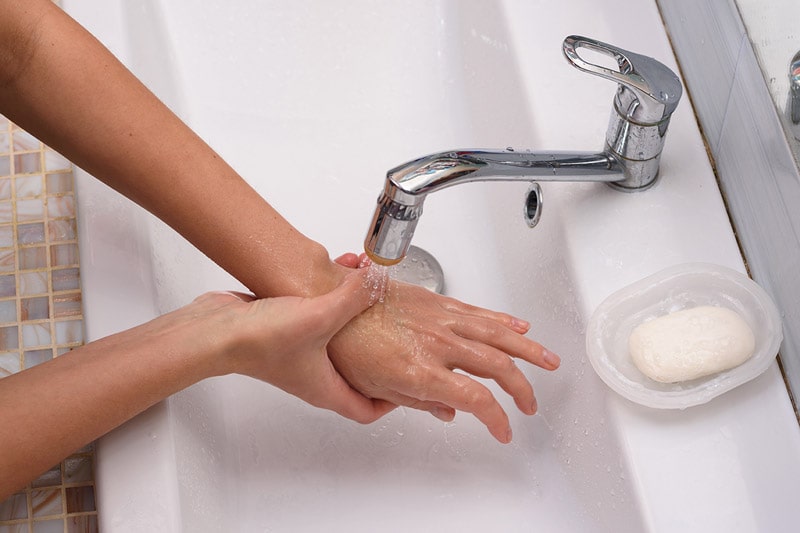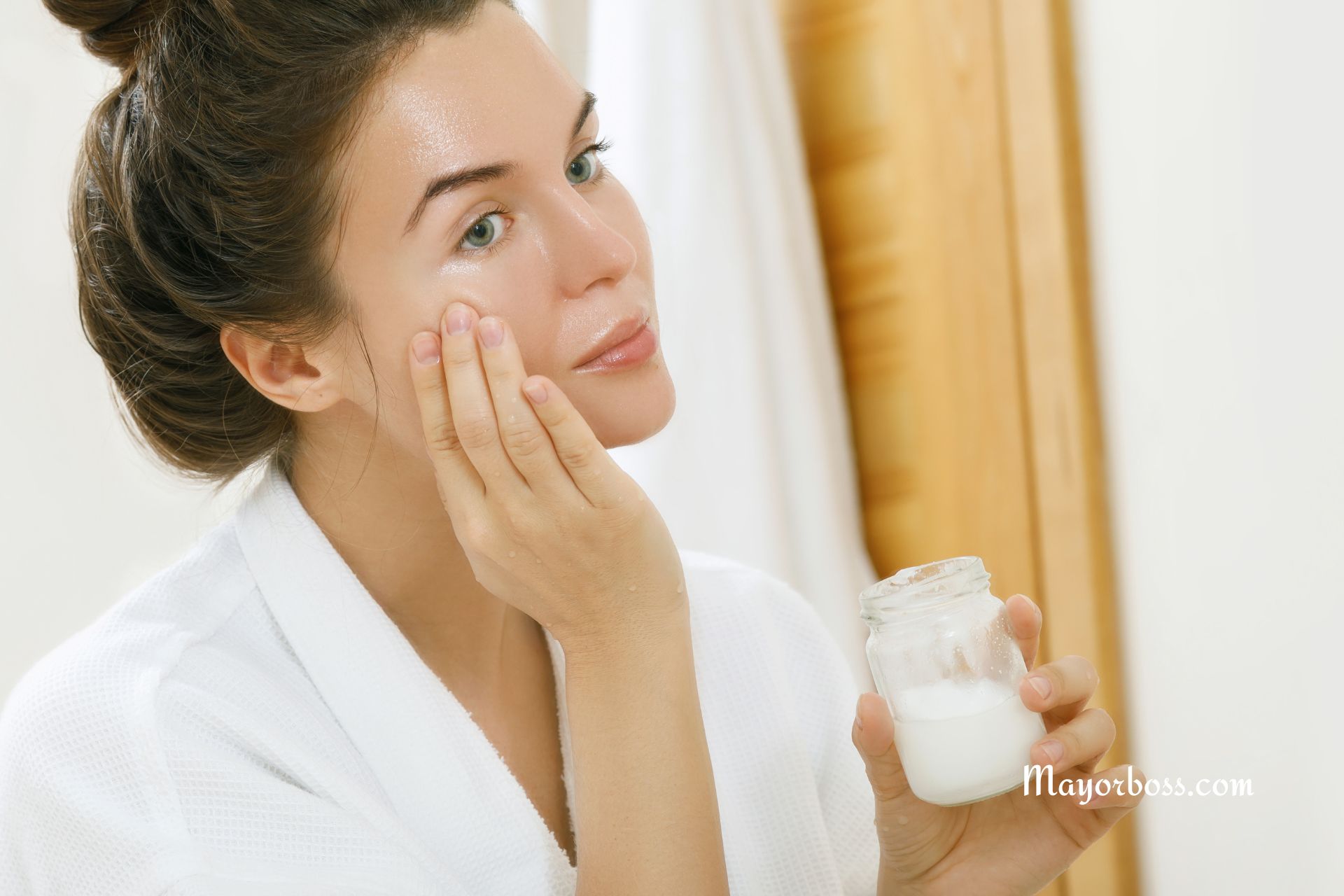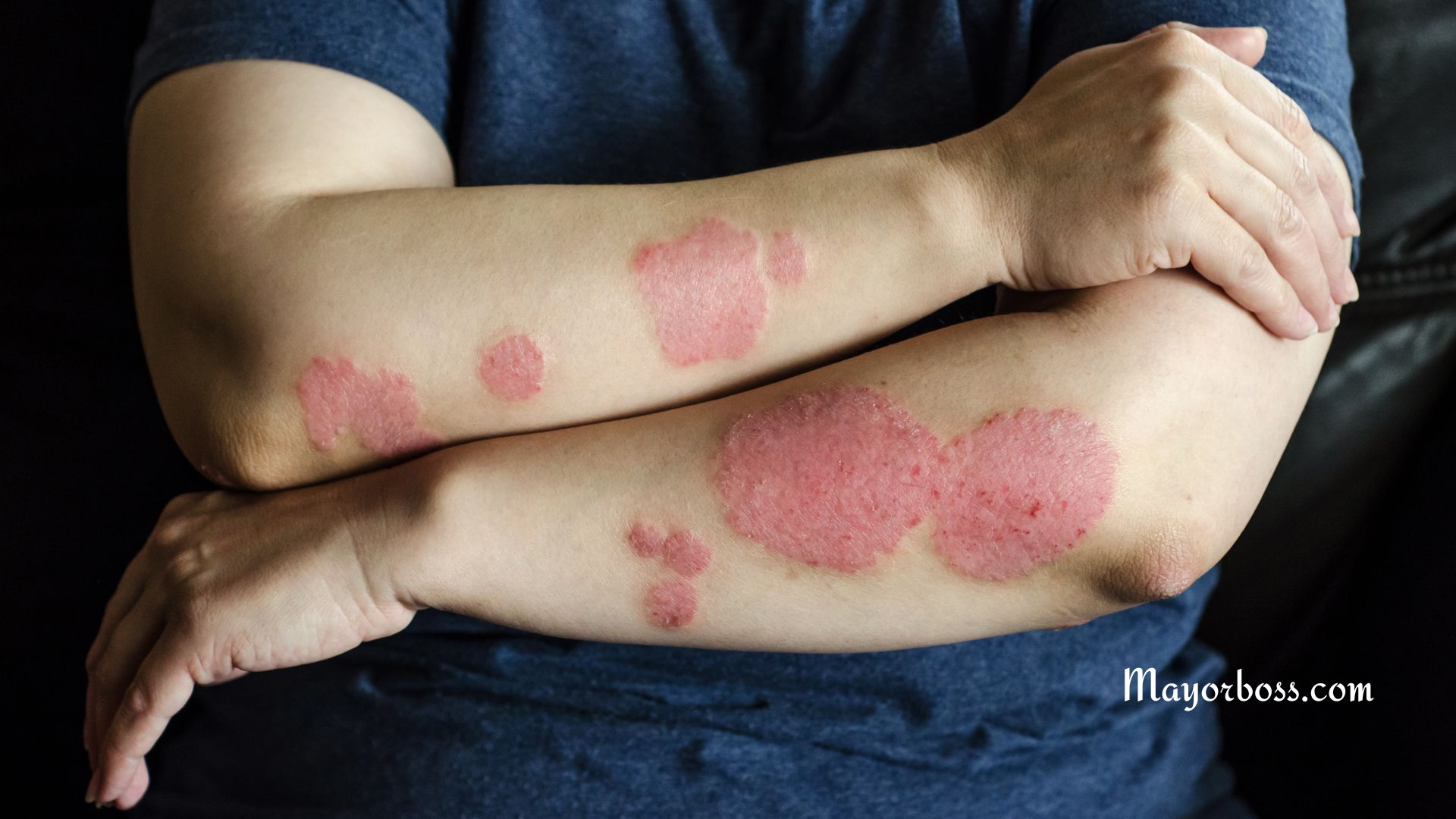Why Am I Getting Pimples Under My Armpits?
- Pimples under the arms can be caused by a number of factors, including sweat, tight clothing, and shaving.
- Ingrown hairs, friction, and folliculitis can all contribute to pimples under the arms.
- Proper hygiene, including regular showering and avoiding tight clothing, can help prevent pimples under the arms.
Why am I getting pimples under my armpits? If you’re someone who shaves their armpits, chances are you’ve also experienced the occasional (or, let’s be honest, maybe even more than occasional) underarm pimple. But why does this happen? Is it something you’re doing wrong? The answer is that there are a few different things that could be causing your underarm pimples. Here are the most likely culprits:
1. Shaving
When you shave, you’re essentially creating tiny wounds on your skin. And when those wounds heal, they can sometimes result in scarring or inflammation—both of which can cause pimples or bumps. In addition, shaving can also irritate the hair follicles, which can also cause pimples.
2. Deodorant
Many deodorants and antiperspirants contain aluminum, which can clog pores and lead to breakouts. If you suspect your deodorant is the cause of your pimples, try switching to a natural option or one that doesn’t contain aluminum. You might also want to try applying your deodorant at night instead of in the morning so that it has time to absorb into your skin before you put your clothes on.
3. Excessive sweating
When you sweat, the moisture can mix with dirt and bacteria on your skin and clog your pores. This can lead to pimples—especially if you don’t shower immediately after sweating. To combat this, make sure to shower immediately after working out or being in a situation where you’ve sweated a lot. You might also want to consider using an antiperspirant, which can help reduce sweating.
4. Wearing tight clothing
Tight clothing can rub against the skin and cause irritation, which may lead to painful pimples in the armpit. If possible, try to wear loose-fitting clothing made from natural fibers like cotton. These fabrics will allow your skin to breathe and will be less likely to irritate it.
5. Ingrown hairs
An ingrown hair occurs when hair grows back into the skin instead of up out of it. This can happen as a result of shaving, waxing, or tweezing. Basically, any kind of hair removal method that involves removing hair from beneath the skin’s surface.
Ingrown hairs can be painful and often result in pus-filled bumps like pimples. The best way to avoid them is to let your hair grow out for a while instead of shaving or waxing it away. If you do need to remove hair, make sure to do so carefully so as not to damage the skin around the follicle.
6. Contact dermatitis
Contact dermatitis occurs when the skin comes into direct contact with an irritant, such as a new laundry detergent or perfume. The resulting rash can appear anywhere on the body, including the armpits. Contact dermatitis treatment usually involves avoiding the irritant and topical corticosteroids to reduce inflammation.
7. Friction
If you’ve started working out more or wearing tighter clothing, you may be experiencing what’s known as acne mechanica. This type of acne is caused by rubbing or pressing on the skin, which can irritate hair follicles and cause them to become inflamed. Wearing loose-fitting clothing and using an anti-chafing cream can help prevent friction acne from occurring. If you get this type of acne, over-the-counter benzoyl peroxide gels can help clear it up quickly.
8. Boils
Boils are deep, pus-filled infections that typically occur around hair follicles. They’re often caused by bacteria such as Staphylococcus aureus (staph infection). It’s also possible that you’re simply dealing with a case of boils. Those large, red, painful bumps form when bacteria such as Staphylococcus aureus (staph infection) invade a hair follicle.
Boils can occur anywhere on the body, but they’re often found on the face, neck, buttocks, and underarms—basically anywhere there’s hair. The best way to treat boils is by letting them drain on their own (don’t try to pop them!) and then keeping the area clean and dry.
9. Folliculitis
Folliculitis is a skin condition that occurs when hair follicles become inflamed. It can be caused by a bacterial or fungal infection, irritation from shaving, or wearing tight clothing. Folliculitis usually appears as small red bumps around hair follicles and can be itchy or painful. In some cases, the bumps may fill with pus or scar tissue. Folliculitis is usually treated with antibiotics or antifungal medications. However, mild cases may clear up on their own.
10. Hidradenitis suppurativa
Hidradenitis suppurativa is a chronic inflammatory condition that affects the sweat glands. The exact cause is unknown, but it’s believed to be related to the blockage of sweat glands and hair follicles. This condition usually appears as small, red bumps under the skin. The bumps may rupture and release the pus, which can lead to the formation of scars. Hidradenitis suppurativa is typically treated with antibiotics applied to the skin, steroids, and surgery.
The bottom line
If you’re dealing with pimples in your armpits, don’t despair! You can do plenty of things to make them go away—and prevent them from returning in the future. Just remember to shave carefully, choose an aluminum-free deodorant, wear loose-fitting clothing whenever possible, and exfoliate regularly to keep ingrown hairs at bay. With a little bit of effort, those pesky underarm pimples will be nothing but a distant memory. If pimples under the arms are a persistent problem, see a dermatologist for treatment options.
ALSO READ: How to Get Soft Skin Quickly

